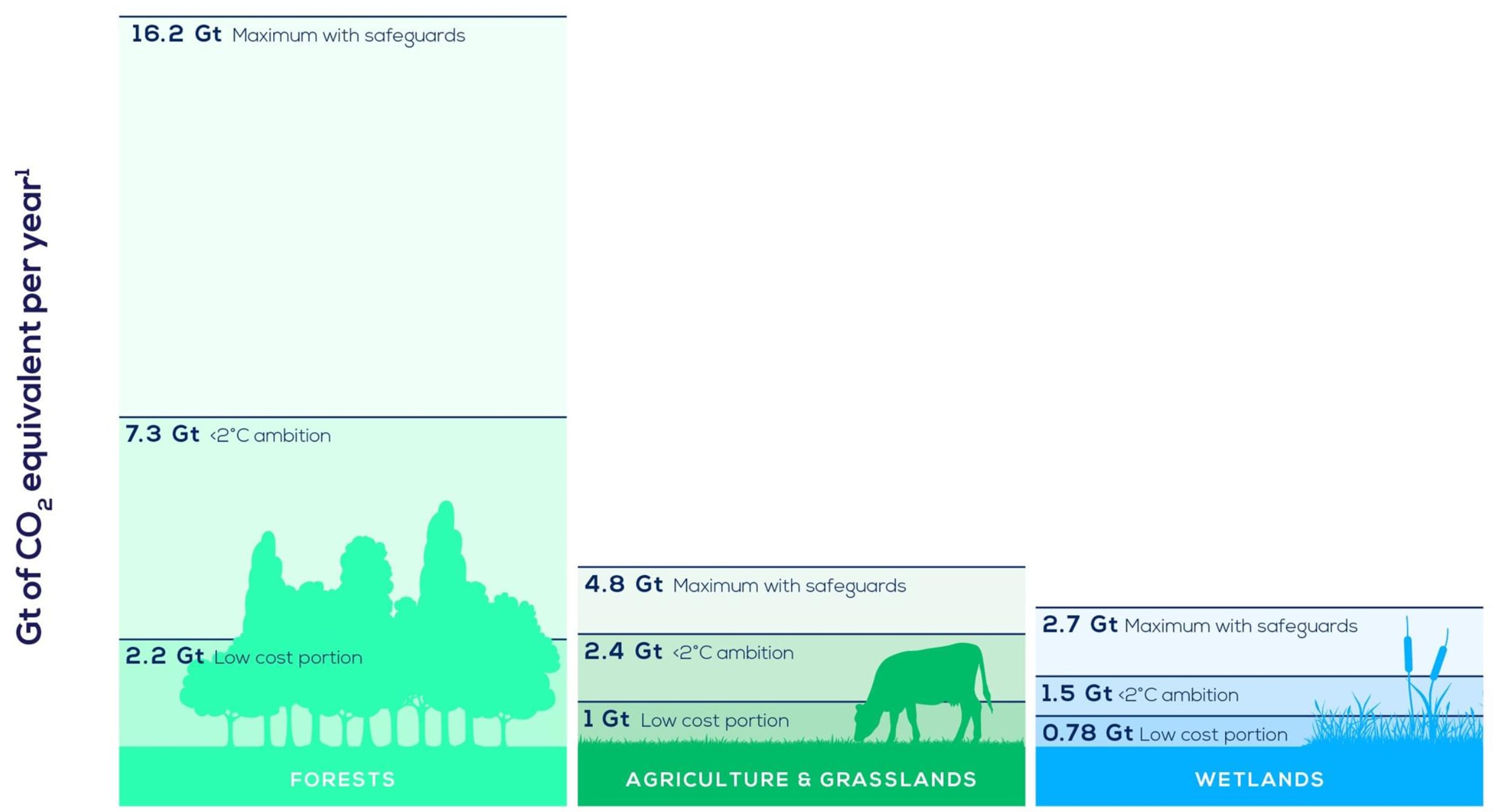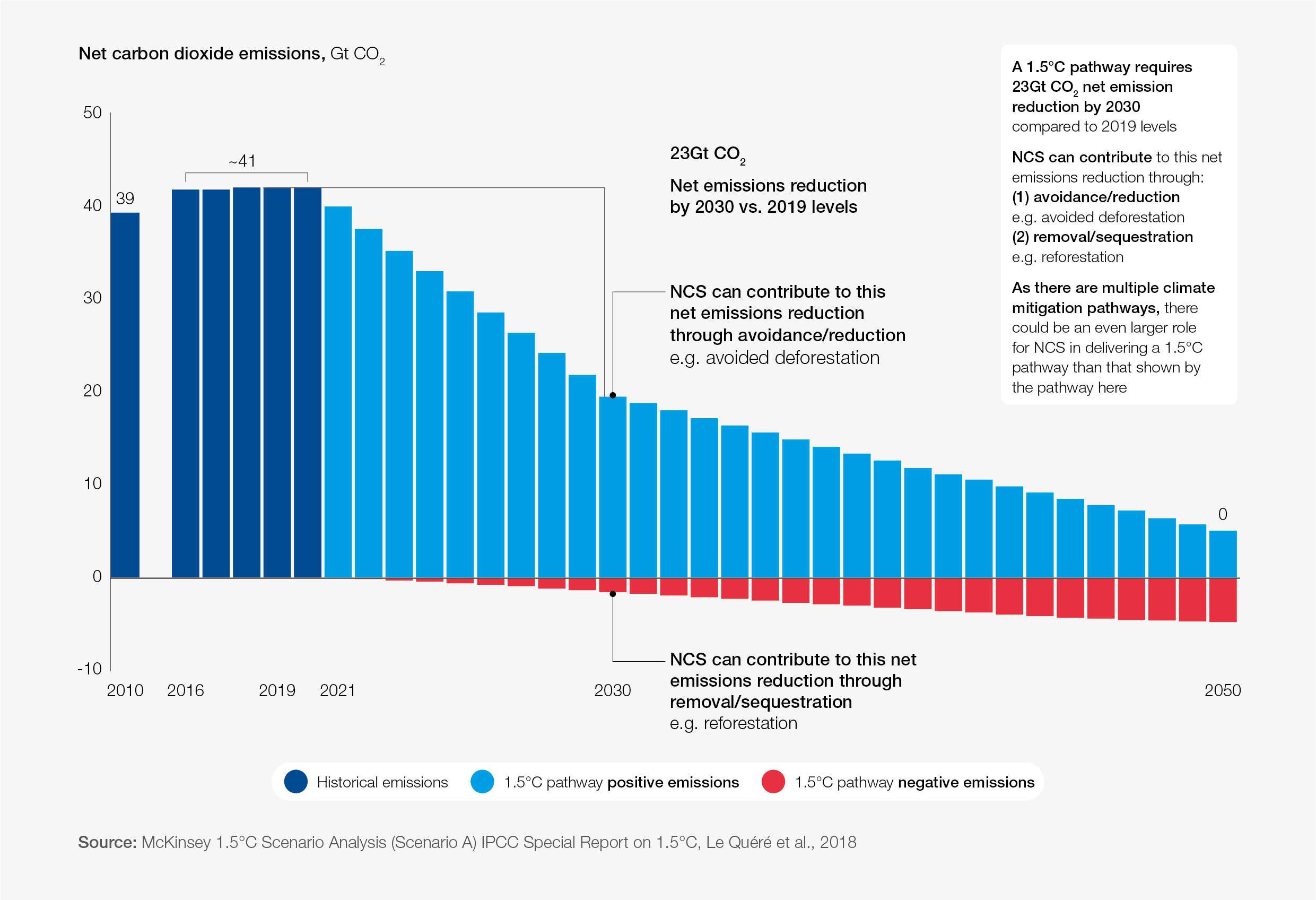Five ways that high-tech maps can help protect biodiversity

High-tech maps offer a glimpse of what elusive and secretive animals like the snow leopard are experiencing on the ground Image: Pixabay for Pexels
- Conservation technology is helping to track and protect species on the brink of extinction.
- High-tech maps can predict where species will move in response to climate change, and provide a clear picture of which species are most at threat.
- This technology can also monitor protected land, and analyse photographic evidence about species and how they are surviving.
With nearly 1 million species facing extinction, it has never been more important to know where threatened and endangered wildlife are located and how they are responding to threats, from habitat destruction to invasive species and climate change. Conservation technology is offering a solution. Using advanced tools such as remote sensing, artificial intelligence (AI) and statistical modelling, we are changing the way we protect species on the brink.
Here are five ways that high-tech maps are helping to protect biodiversity:
1. Predicting where species are moving in response to climate change
As the world warms, thousands of species are shifting their ranges to escape rising temperatures and precipitation patterns that have permanently altered their habitats. While these migrations are happening over many years and many generations, this is the beginning of a redistribution of the entire planet’s ecosystems – a process that could upend the delicate ecological relationships we all rely upon to survive.
It is essential to predict where roaming wildlife will end up. But doing so isn’t always easy, as each species is moving in a different direction and at a different pace to avoid a different climate impact. In response, scientists and policy experts from over 20 institutions created the Spatial Planning for Area Conservation in Response to Climate Change (SPARC) tool. SPARC uses supercomputers and GIS-based mapping tools to build a global picture of the movement of all known plants, birds and mammals in response to climate change. Through it, governments can make crucial predictions about where climate change will impact species — helping them more effectively plan to conserve natural systems, even across country borders.

2. Providing a clear picture of where species are at the greatest risk of extinction, and why
Using satellite data and wildlife surveys from around the world, a team of scientists created the Species Threat Abatement and Restoration (STAR) metric, which identifies what types of human activities are most harmful to wildlife and where they are happening.
Each species is given a “STAR score.” The higher the score, the greater the species’ risk of extinction. For example, using the tool scientists found that the James' Sportive Lemur — a critically endangered primate found in Madagascar — has a STAR score of 400, the highest possible on the scale. Agricultural expansion accounts for half that score; hunting makes up the other half. By determining what activities are harming a species, we also know what actions we need to avoid in order to protect it.
3. Mapping the ecosystems we cannot afford to lose
Conservation International scientists recently mapped the ecosystems that we cannot afford to lose in our fight to stabilize our climate. These diverse landscapes — from mangroves to wetlands and old-growth forests — hold high concentrations of carbon collected over hundreds or even thousands of years. If these places are destroyed, all that carbon will be released into the atmosphere as climate-altering CO2.
Many of these ecosystems are also among the most important biodiversity strongholds in the world. By combining the habitat ranges and SPARC climate responses of tens of thousands of birds, mammals, amphibians and reptiles with the map of irrecoverable carbon, scientists have discovered the places that are “doubly irreplaceable" for climate and biodiversity. As countries come together to establish protections for 30% of global lands and waters by 2030, these landscapes must be among the top candidates for conservation.
4. Capturing the beauty and fragility of biodiversity, one photo at a time
Across every continent on Earth, biologists have installed motion-capture camera systems that have offered a glimpse of elusive and secretive animals like the snow leopard and Florida panther. These tools have become an essential part of implementing smart conservation policies guided by a real-world view of what vulnerable species are experiencing on the ground.
Despite their importance, most data collected on wildlife through cameras is fragmented and difficult to process. That’s where Wildlife Insights comes in — a revolutionary technology that uses machine learning to quickly process and analyze images from motion-detector cameras, revealing information about species’ condition in near-real time. It is now simpler than ever to automatically monitor wildlife habitats on the landscape scale and track individual species on a granular level – tasks that are essential for conservation but cost-prohibitive to do manually. Perhaps most importantly, anyone can contribute to Wildlife Insights by submitting their own images, putting the power in the hands of citizens to save species.
What is the World Economic Forum doing on natural climate solutions?
5. Protecting the lands that wildlife need to survive
Protected lands and waters like national parks and national wildlife refuges are vital to the survival of endangered wildlife. In fact, according to a new study by Conservation International, mammal diversity within protected areas is an incredible 66 percent greater than in non-protected areas.
Though we think of protected lands as permanent fixtures of our landscape, research shows that they are not forever. Laws governing protected lands and waters are increasingly being altered; restrictions are relaxed, boundaries shrunk or protections eliminated entirely. This process is called protected area downgrading, downsizing and degazettement, or PADDD. In response, PADDDtracker is documenting and monitoring legal changes to public lands, showing the ways these decisions harm biodiversity and people.
Don't miss any update on this topic
Create a free account and access your personalized content collection with our latest publications and analyses.
License and Republishing
World Economic Forum articles may be republished in accordance with the Creative Commons Attribution-NonCommercial-NoDerivatives 4.0 International Public License, and in accordance with our Terms of Use.
The views expressed in this article are those of the author alone and not the World Economic Forum.
Stay up to date:
Climate Crisis
Forum Stories newsletter
Bringing you weekly curated insights and analysis on the global issues that matter.
More on Climate Action and Waste Reduction See all
Planet in focus: The technologies helping restore balance – and other news to watch in frontier tech
Jeremy Jurgens
November 13, 2025








